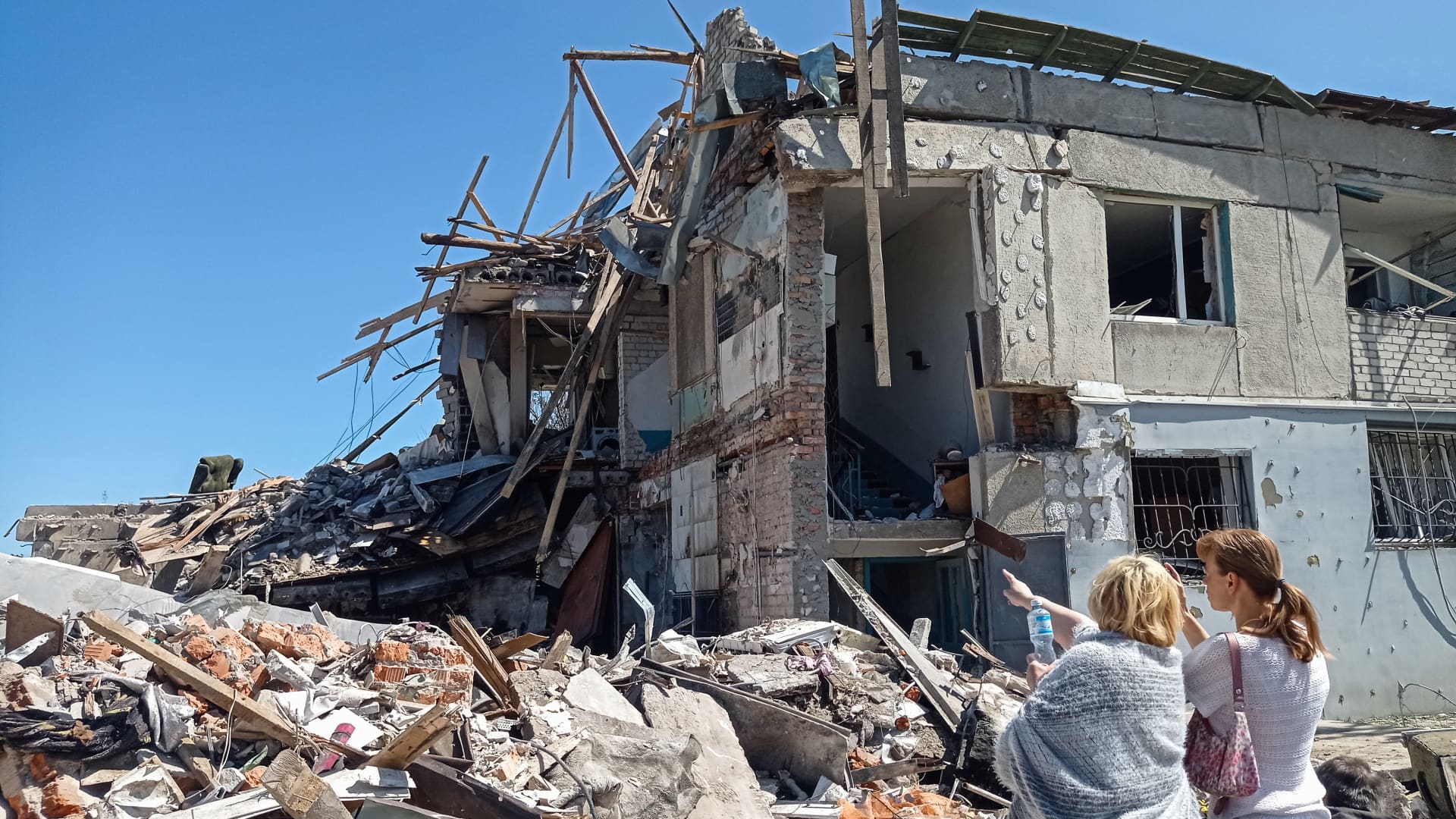The European Union is getting closer to brokering a detailed plan on how to use frozen Russian assets to pay for the reconstruction of Ukraine, a senior official told CNBC.
The EU has confirmed that there are more than 200 billion euros ($215.5 billion) and a separate 20 billion euros ($21.5 billion) in assets across the bloc that belong to the Russian central bank and to Russian private individuals, respectively. These assets were frozen by European authorities in the wake of Russia’s invasion of Ukraine to sanction the Kremlin for its aggression.
“We have had quite lengthy discussions on [how to use these assets to pay for the reconstruction of Ukraine],” Sweden’s Anders Ahnlid, who chairs the discussions among the 27 EU member states on this topic, told CNBC Thursday.
“And we are now, I hope, in a position to soon bring forward ideas on how to use at least the the proceeds of these immobilised assets,” Ahnlid said.
The issue is highly technical, legally complex and politically challenging.
The EU has been adamant that Russia needs to pay for the damage and pain that it is creating in Ukraine. European Commission President Ursula von der Leyen told CNBC in February that it would be “unthinkable” that this would not be the case.
Speaking in November, von der Leyen said the idea is to create a structure to manage the frozen funds, invest them, then give the proceeds to Ukraine.
She added at the time that these funds should also be put toward the reconstruction efforts, once the war is over and sanctions are lifted off the frozen assets.
For the time being, officials are focused on the first step — using the proceeds from Russian central bank assets — as they believe this would be the easiest way to avoid legal issues. It is unclear how much money this will provide Ukraine, and how quickly Kyiv would receive it.
“I think what is important is that it is confirmed that there [are] more than 200 billion euros of these assets, and then you have to know how much of that is in cash, how much is in other types of assets, and then of course, [how much] you can count on,” Ahnlid said.
“If you have 100 billion [euros] and you get a 3% return, you get the figure of what that would give in terms of availability for reconstruction per year,” he added.
The Ukrainian government was not immediately available for comment when contacted by CNBC on Monday.
Economists agree that there is a chance that the EU will manage to use the proceeds from Russian central bank assets in a legal way, but there are broader concerns about how much that will actually contribute to Ukraine.
“This might legally work, though [it] will not be a game changer financially,” Jacob Kirkegaard, a senior fellow with the Peterson Institute for International Economics, said via email.
The World Bank, the European Commission, the United Nations and the Ukrainian government in March said that the total cost of reconstruction in Ukraine had reached $441 billion.
But the war wages on, and the continued loss of lives and infrastructure keeps increasing the bill. One example is the recent destruction of the Nova Kakhovka dam, which has brought about further environmental, social and economic harm. The World Bank is still assessing the full cost.
“If any action of this sort should be taken, it should be taken in tandem with partners such as the United States, the United Kingdom, Japan, Switzerland, and other countries,” Ahnlid said about moving ahead with using proceeds from Russian frozen assets to contribute to rebuilding Ukraine.
The United States in May approved the transfer to Ukraine of seized assets from a sanctions-struck Russian oligarch. The U.S. Attorney General Merrick Garland at the time said it was the first transfer of forfeited Russian funds, but “it will not the the last,” according to Reuters.
